Disclosure: This article contains affiliate links. We may earn a commission from purchases at no extra cost to you, which helps our travel content.
After decades of business travel across Europe and Asia, I've developed a particular fondness for cities that challenge Western perceptions. Islamabad—Pakistan's meticulously planned capital—is precisely such a place. Nestled against the magnificent Margalla Hills with wide, tree-lined avenues and surprising pockets of natural beauty, it offers photographers an intriguing mix of modernist architecture, cultural heritage, and stunning landscapes. During my recent spring visit for a dental conference at the Pakistan Institute of Medical Sciences, I extended my stay to explore this misunderstood city through my lens. What I discovered was a photographer's playground of geometric Islamic architecture, dramatic mountain backdrops, and unexpectedly vibrant street scenes—all bathed in that distinctive South Asian light that transforms ordinary moments into extraordinary images.
Margalla Hills: Dawn Light and Dramatic Landscapes
My fascination with Islamabad's photographic potential began at 5:30 AM on my second day, as I wound my way up the serpentine road to Daman-e-Koh viewpoint. As a night photography enthusiast, I'm no stranger to early mornings, but this particular dawn excursion rewarded me with extraordinary light conditions that transformed the entire city into a canvas of gold and amber tones.
The Margalla Hills National Park offers multiple vantage points, but I found Daman-e-Koh and Pir Sohawa particularly compelling for landscape photography. From these elevations, the geometric layout of Islamabad becomes apparent—a photographer's dream of symmetry and urban planning set against rugged nature.
For the serious landscape photographer, I recommend bringing a solid tripod to capture the subtle color transitions during the golden hour. The stability is essential when working with longer exposures to balance the bright sky against the still-shadowed city below.
Trail 3, while requiring moderate fitness, offers the most diverse photographic opportunities. Starting at the crack of dawn allowed me to capture both wildlife (the macaques are particularly photogenic if approached carefully) and the changing light conditions as it filters through the subtropical forest canopy. The natural frames created by the pine and wild olive trees provide perfect compositional elements for city views.
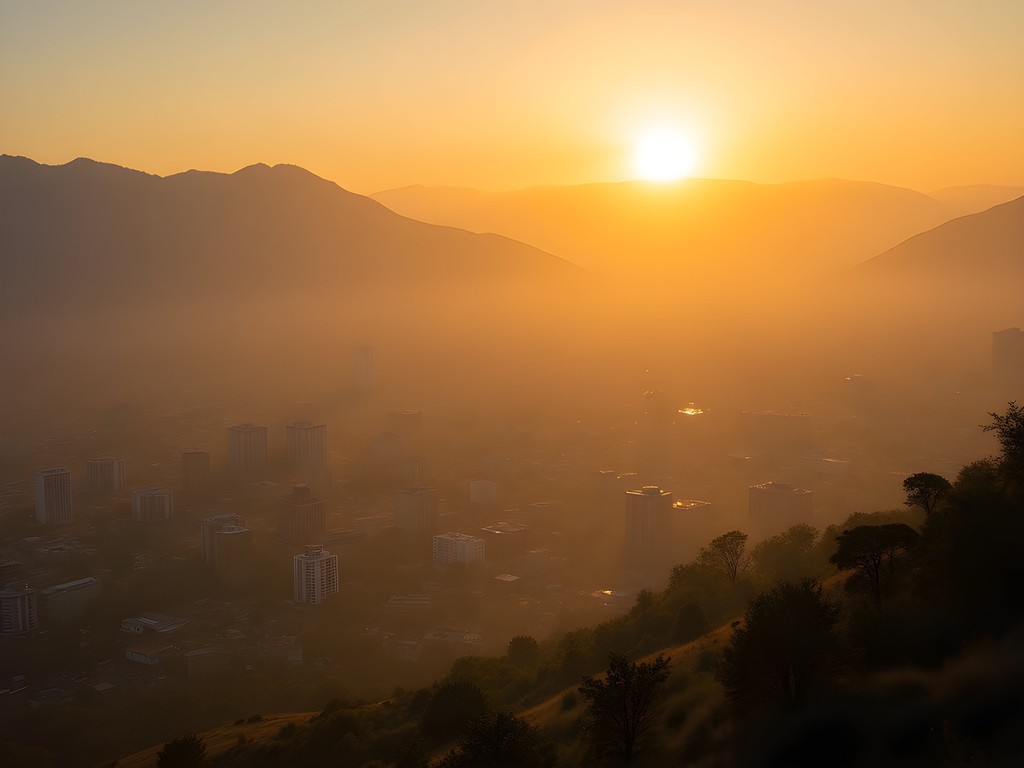
💡 Pro Tips
- Arrive at Daman-e-Koh at least 30 minutes before sunrise to set up your equipment and secure a prime viewing spot
- Bring graduated neutral density filters to balance the bright sky with the darker foreground
- Pack water and light snacks—the best photographic locations require some hiking
Faisal Mosque: Architectural Geometry in Changing Light
The Shah Faisal Mosque remains Islamabad's most iconic structure and a masterclass in architectural photography. As someone who has photographed religious buildings from Istanbul's Blue Mosque to Vienna's St. Stephen's Cathedral, I was struck by how the Turkish-designed Faisal Mosque presents entirely different photographic opportunities throughout the day.
My approach was methodical: I visited at three different times to capture its distinct moods. Morning light (7-9 AM) highlights the white marble against the mountain backdrop. Midday offers stark contrasts and minimalist compositions focusing on geometric patterns and shadows. But the blue hour—that magical period just after sunset—transformed the mosque into something truly transcendent, with its illuminated minarets against the deepening blue sky.
For interior photography, which is permitted outside prayer times for women in the designated areas, you'll need a camera that performs well in low light. My mirrorless camera with its excellent dynamic range captured the intricate calligraphy and architectural details without flash (which would be inappropriate in this setting).
A technical note for serious photographers: The mosque's white exterior against variable sky conditions presents exposure challenges. I found bracket exposures essential, sometimes combining them later in post-processing to achieve the dynamic range my eye perceived but no single exposure could capture. A polarizing filter also proved invaluable for managing reflections on the marble surfaces and deepening the sky to create more dramatic compositions.
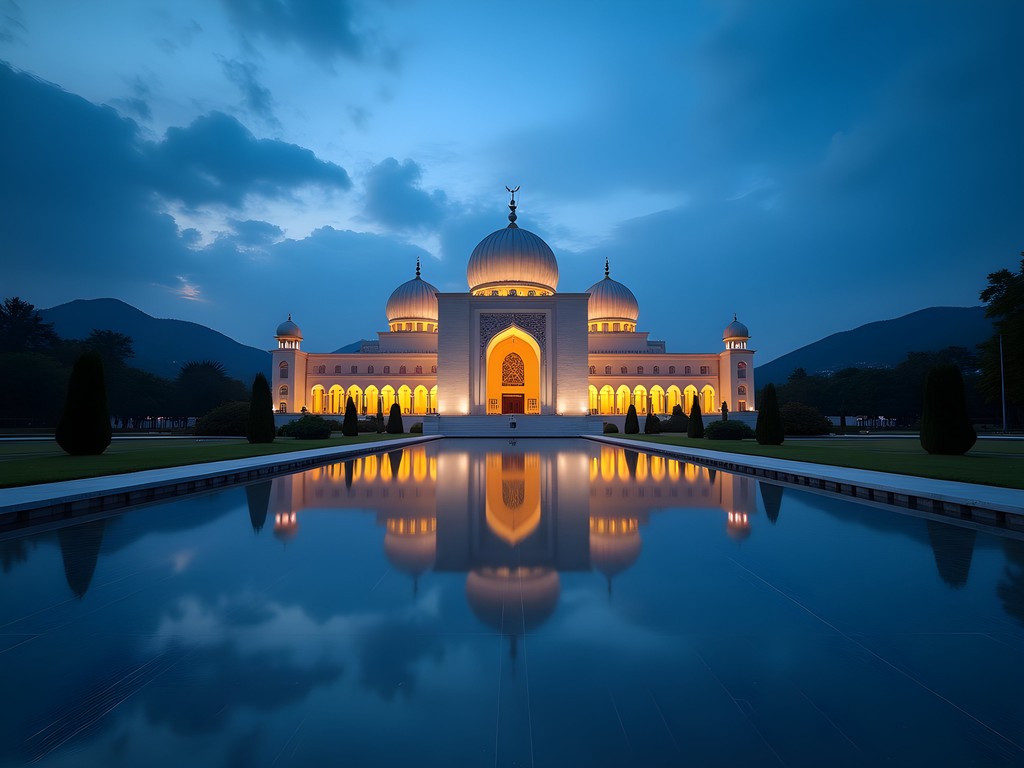
💡 Pro Tips
- Remove shoes before entering and women should bring a scarf to cover their heads
- Visit during weekdays to avoid crowds and capture cleaner architectural compositions
- The reflecting pools offer stunning symmetrical compositions when the wind is calm
Lok Virsa Museum: Capturing Cultural Heritage
Having photographed cultural artifacts across four continents, I was particularly impressed by the photographic opportunities at the National Institute of Folk and Traditional Heritage (Lok Virsa Museum). Located in Shakarparian Hills, this often-overlooked gem offers a rich tapestry of Pakistan's diverse cultural heritage through artifacts, textiles, and reconstructed village scenes.
The lighting conditions inside present an interesting challenge—a mix of natural light from occasional windows and spotlighting on exhibits. I recommend bringing a fast prime lens that performs well in mixed lighting conditions. The wider aperture allowed me to capture detailed images of intricate embroidery and carved woodwork without resorting to flash photography (which is prohibited in many sections).
The outdoor Heritage Museum section, with its recreated regional architecture, offers fascinating studies in vernacular building techniques and provides context to Pakistan's diverse cultural traditions. I found myself spending hours photographing the subtle details of wooden latticework and carved doors that tell the story of centuries-old craftsmanship.
As a dentist with an interest in anthropology, I was particularly drawn to the traditional medicinal implements and household tools that offered glimpses into daily life throughout Pakistan's history. These smaller objects, often overlooked by casual visitors, provided some of my most compelling close-up photography opportunities.
The museum staff, upon learning of my professional interest in documenting cultural heritage, were exceptionally accommodating. I would suggest asking permission before photographing staff members or other visitors, but objects and exhibits are generally fair game for non-commercial photography.
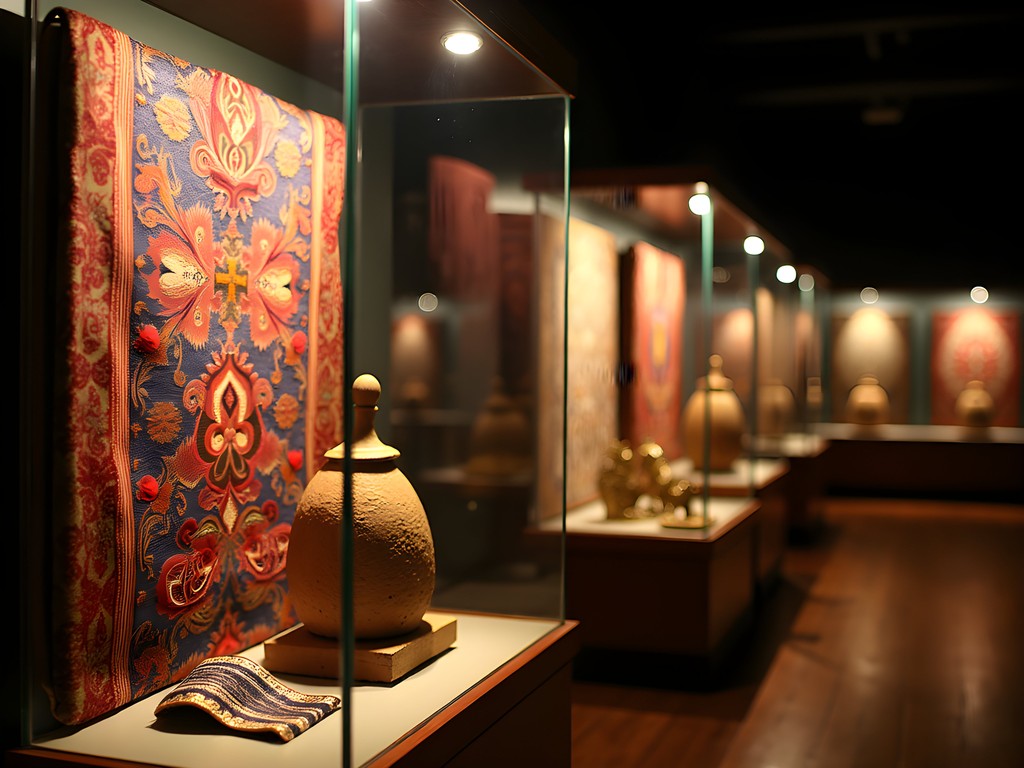
💡 Pro Tips
- Bring a small LED light panel to subtly enhance details in dimmer exhibit areas
- Visit on weekday mornings when school groups are less common
- Take time to observe how light interacts with textiles and carved surfaces before composing your shot
Rawal Lake: Reflections and Maritime Nostalgia
My professional travels have taken me across countless waterways—from Hong Kong's Victoria Harbour to Istanbul's Bosphorus—but there's something about Rawal Lake that sparked my longstanding fascination with maritime settings. Perhaps it was the unexpected juxtaposition of serene waters against the urban backdrop of Islamabad, or maybe it was simply the quality of light reflecting off the surface during the golden hours.
As someone with a particular interest in ferry systems and maritime history, I was naturally drawn to the small boats that dot the lake. While not comparable to the massive ferry operations I've documented across Europe, these humble vessels against the backdrop of the Margalla Hills created compelling visual narratives about the relationship between the city and its water resources.
The Lake View Park offers several vantage points for photography throughout the day. Early mornings provide mirror-like reflections when the water is calmest, while sunset bathes the scene in warm hues that transform the ordinary into the extraordinary. I found myself returning three evenings in a row, each time discovering new compositions as the light changed.
For those interested in night photography, the area around the lake offers interesting light studies as the city illuminates after dark. A remote shutter release proved invaluable for the long exposures needed to capture the light trails of boats and the reflections of distant city lights without camera shake.
One particularly memorable evening, I chartered a small boat just before sunset. The boatman, initially puzzled by my request to pause at specific points for photography rather than simply touring the lake, soon became an enthusiastic collaborator, suggesting angles I might have missed. This experience reinforced my belief that engaging with locals often leads to the most authentic photographic opportunities.
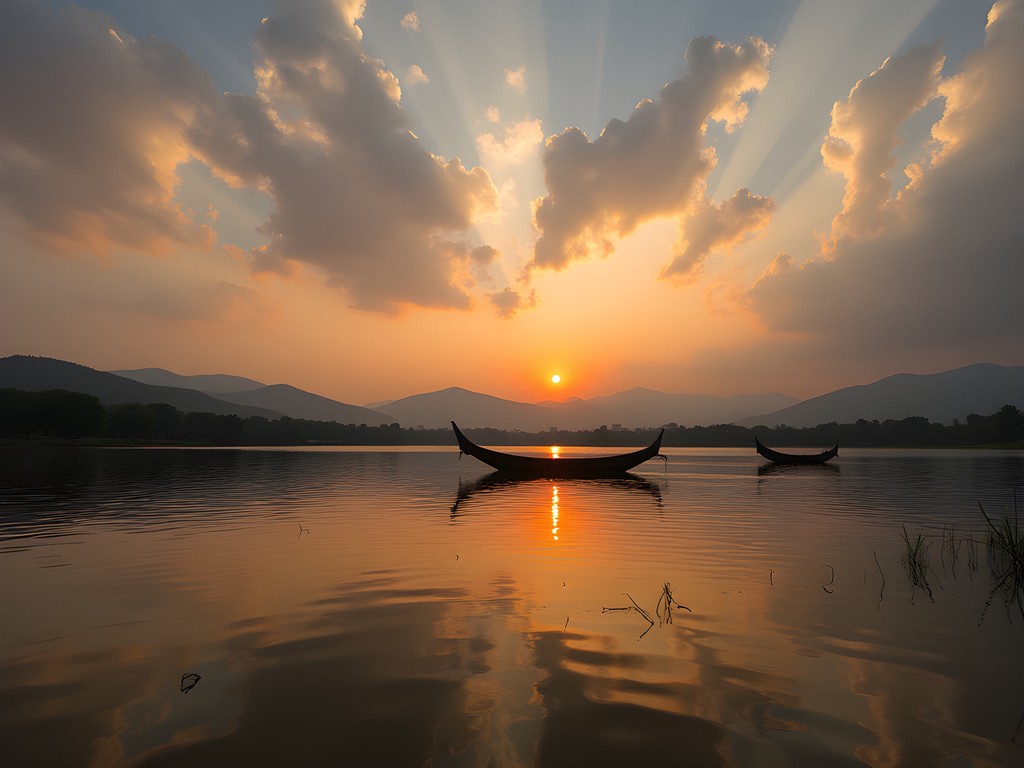
💡 Pro Tips
- Visit during weekdays for fewer crowds and cleaner compositions
- Bring a polarizing filter to manage reflections and enhance sky contrast
- The northern shore offers the best vantage point for sunset compositions with mountains in the background
Street Photography in the Blue Area and Local Markets
While architectural and landscape photography may dominate Islamabad's visual narrative, I found some of my most compelling images in the city's commercial districts and markets. The Blue Area—Islamabad's main commercial hub—offers a fascinating study in contrasts between modern corporate architecture and the vibrant street life below.
As someone who typically approaches street photography with caution, I was pleasantly surprised by the openness of locals to being photographed, particularly when I took time to engage with them first. My approach was straightforward: a smile, a brief explanation of my interest in documenting daily life, and asking permission when photographing individuals up close. The dental conference badge I often wore seemed to provide an additional layer of credibility that made people more comfortable.
The Aabpara Market and Sunday Bazaar (now relocated to H-9) offer rich visual tapestries of color, texture, and human interaction. The fruit and vegetable displays create natural still-life compositions, while the interplay of light filtering through canopies casts fascinating patterns across merchandise and faces alike.
For street photography, I switched from my usual setup to a more discreet compact camera with its fixed lens and silent shutter. This allowed me to capture candid moments without drawing undue attention or disrupting the natural flow of market life.
A particular highlight was photographing an elderly craftsman creating traditional pottery in a small workshop near Aabpara. His weathered hands against the smooth clay created compelling compositional contrasts, while the afternoon light streaming through a small window provided dramatic side-lighting that emphasized texture and form.
Remember that photographing government buildings and military installations is strictly prohibited in Islamabad. When in doubt, ask first or simply move on to avoid any misunderstandings.
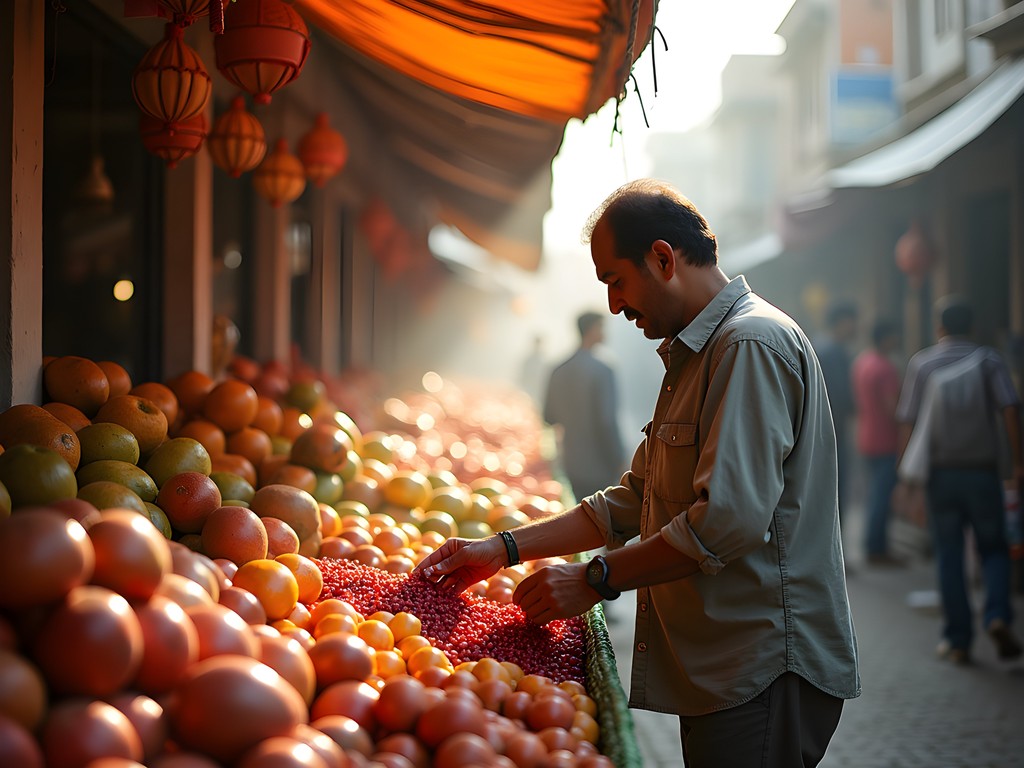
💡 Pro Tips
- Early morning at markets provides the best light and most authentic moments as vendors set up
- Learn a few basic Urdu phrases—the effort is always appreciated and opens doors
- Keep camera settings ready for quick captures—street scenes change rapidly
Final Thoughts
Islamabad challenged and ultimately transformed my photographic perspective during my week-long exploration. Behind its reputation as a purely administrative capital lies a visually rich tapestry of geometric modernism, natural beauty, and cultural depth waiting to be captured by the patient photographer. What struck me most was the interplay of light—that distinctive South Asian quality that transforms ordinary scenes into extraordinary images during the golden hours. As I packed away my equipment on my final evening, watching the sunset paint Faisal Mosque in shades of amber against the deepening blue sky, I realized Islamabad had earned its place alongside Copenhagen, Vienna, and my other favorite photographic destinations. For photographers willing to rise early, stay out late, and approach this city with an open mind, Islamabad offers visual rewards that will fill both memory cards and souls with unexpected beauty.
✨ Key Takeaways
- Islamabad's best photography happens during golden hours when the distinctive South Asian light transforms the city
- Combining architectural, landscape, and street photography provides the most comprehensive visual story of the capital
- Engaging respectfully with locals often leads to the most authentic and compelling photographic opportunities
- The contrast between geometric modernist architecture and the natural backdrop of Margalla Hills creates unique compositional possibilities
📋 Practical Information
Best Time to Visit
March-April and October-November
Budget Estimate
$50-100 USD per day excluding flights
Recommended Duration
5-7 days
Difficulty Level
Moderate
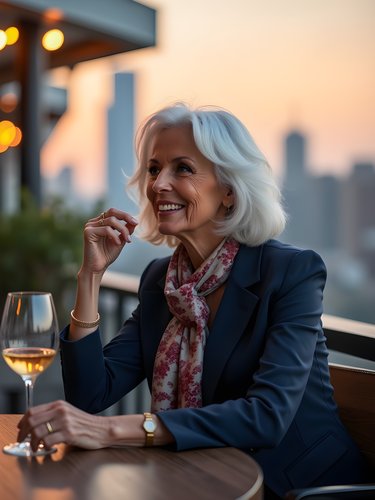















Comments
tripmaster
For anyone following Katherine's footsteps, I'd add Shakarparian Park to your photo list. Amazing sunset spot with monuments that make great silhouettes. Also worth noting that if you visit during Ramadan like I did, the evening atmosphere around Faisal Mosque is even more spectacular with all the festive lights and crowds breaking fast. Just be respectful with your camera during prayer times.
Katherine Fisher
Great addition, tripmaster! I missed Shakarparian but heard wonderful things. Completely agree about being mindful during prayer times.
Megan Martin
Katherine, this guide is exactly what I needed! I'm heading to Islamabad next month for a conference and plan to extend my stay for photography. Your insights on the Margalla Hills timing are gold - I've been burned before by arriving at locations when the light is all wrong. I'll be bringing my travel tripod which should be perfect for those dawn shots at Rawal Lake. One question - did you need any special permits for photography at any of these locations? Some government buildings in capital cities can be sensitive about cameras.
Katherine Fisher
Thanks Megan! Great question about permits. For most tourist sites, no special permission is needed. However, avoid photographing government buildings, military installations, and airports. At Faisal Mosque, tripods require a small fee. If you're uncertain, always ask local authorities or your guide first.
bluemaster
Megan - make sure to visit Daman-e-Koh viewpoint too! Not in the article but amazing for sunset city panoramas.
bluemaster
Just got back from Pakistan last month and wish I'd seen this before going! Your Rawal Lake shots are way better than what I managed. I found the best time for photography there was definitely early morning when the mist rises off the water. Did you try any street photography in the markets? I was a bit nervous about that but found most people were actually happy to be photographed if you asked first.
Katherine Fisher
Thanks! Yes, I did venture into some markets - there's a brief mention in the post but I should have expanded on it more. You're absolutely right about asking first. I found carrying some printed photos to give away as thanks worked wonders for breaking the ice!
exploreseeker
What lens did you use for the Faisal Mosque shots? The geometric patterns look incredible!
Katherine Fisher
I used my 16-35mm f/2.8 for most of the mosque shots - the wide angle really helps capture the scale and geometric patterns. For the detail shots, I switched to my 70-200mm.
bluelife
OMG those Margalla Hills shots are STUNNING! The light there looks magical.
greenclimber
Beautiful photos! How safe did you feel as a solo photographer in Islamabad? I've always wanted to visit Pakistan but been hesitant.
Katherine Fisher
I felt surprisingly safe throughout my trip! The locals were incredibly welcoming, and Islamabad is quite orderly compared to many Asian capitals. Just exercise normal travel precautions and respect local customs regarding dress and photography.
greenclimber
That's really reassuring, thanks Katherine! Adding this to my travel list for next year.
vacationninja
Those Margalla Hills shots are incredible! Adding this to my bucket list right now.
globeninja5867
Those Faisal Mosque shots are stunning! Never realized Islamabad was so photogenic.
George Hayes
Katherine, your post brought back wonderful memories of our family trip to Islamabad last year! We spent three days exploring the city with our kids (8 and 11) and found it incredibly family-friendly. Your photography tips for Rawal Lake are spot on - we rented a small boat at sunset and got the most amazing shots of the kids with the hills in the background. One tip for other photographers with families: the Pakistan Monument has this incredible light around 4pm that creates perfect silhouettes against the petal structure. The kids still talk about our "ninja shadow pictures" from there! Did you make it to the Damn-e-Koh viewpoint? That was another highlight for us.
Frank Garcia
Just got back from Islamabad last month and your post perfectly captures what makes it special! The Margalla Hills at dawn is absolutely magical - I'd recommend anyone visiting to make the effort for that early wake-up call. One spot you didn't mention that photographers would love is Daman-e-Koh viewpoint - gives you this incredible panoramic view of the entire city with Faisal Mosque in the distance. I used my travel tripod for some long exposures as the city lights came on at dusk. Islamabad definitely changed my perception of Pakistan too!
tripmaster
Daman-e-Koh is spectacular! Did you try the little tea stalls up there? Perfect spot to warm up while waiting for the light to change.
Frank Garcia
Yes! The chai was incredible and so cheap. Ended up chatting with some local students who were super friendly and showed me some hidden spots nearby.
Venture X
Premium card with 2X miles, $300 travel credit, Priority Pass